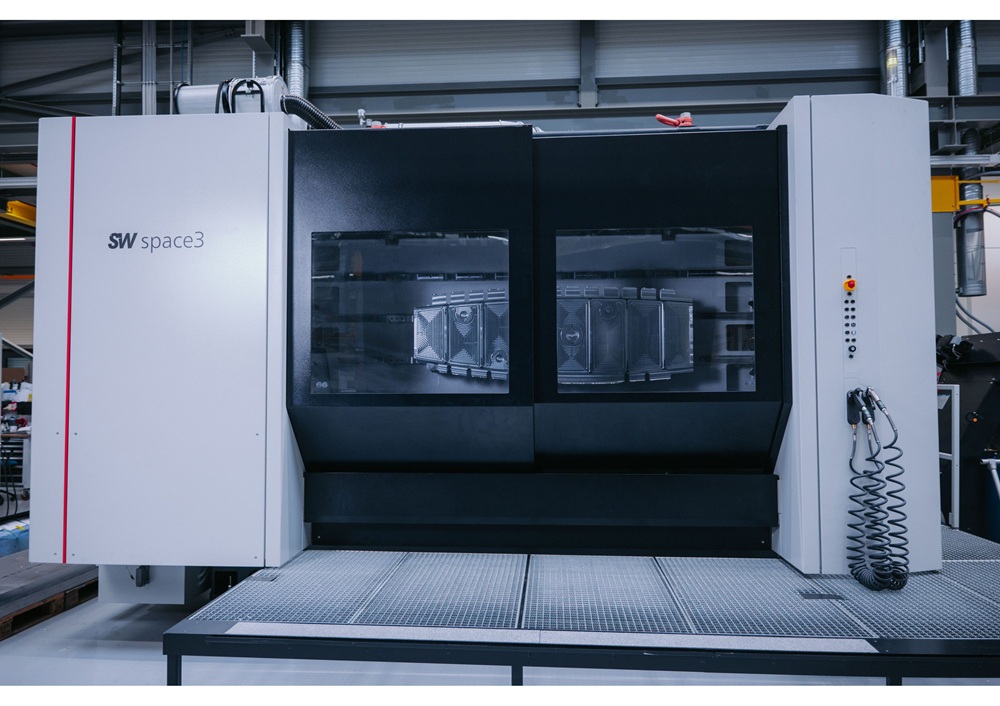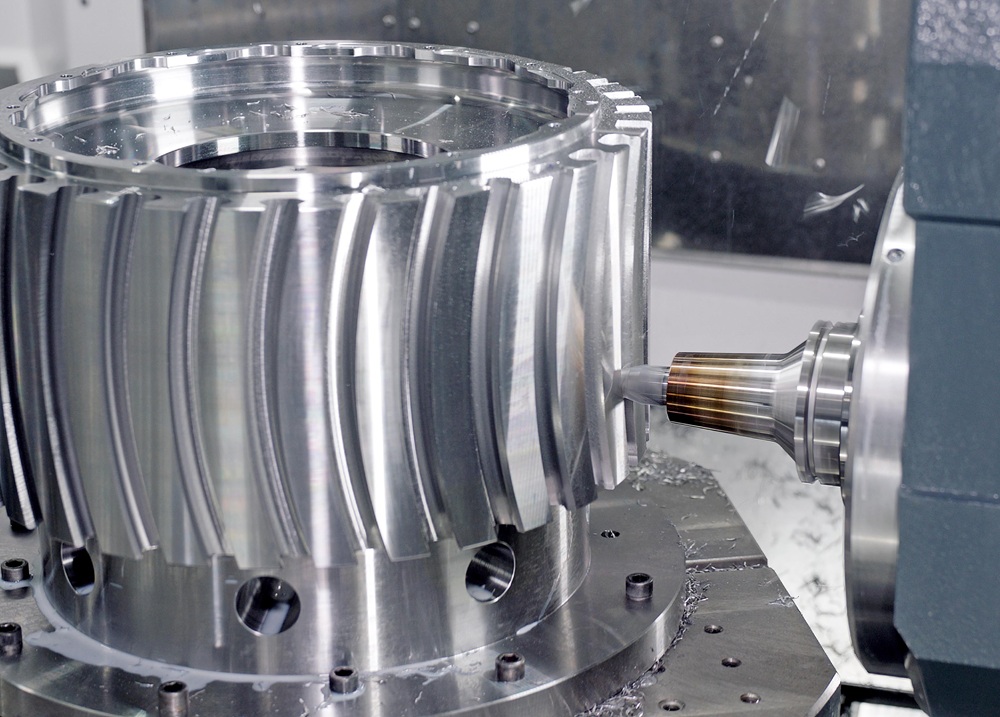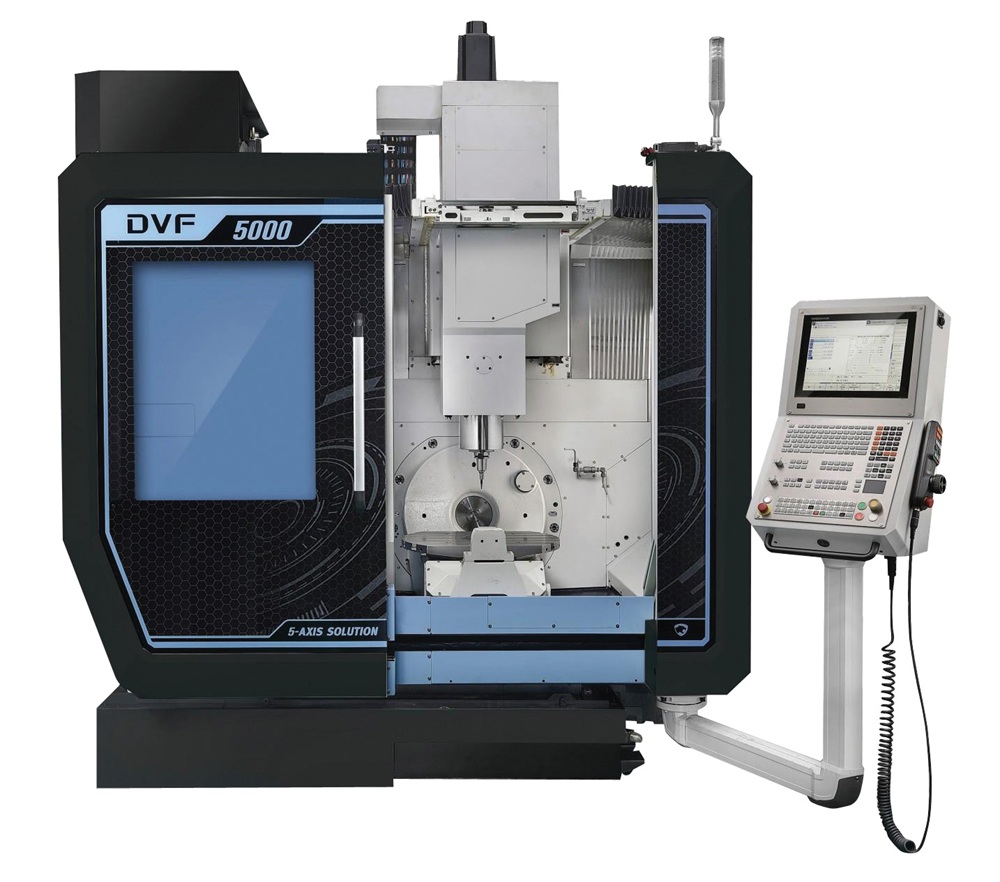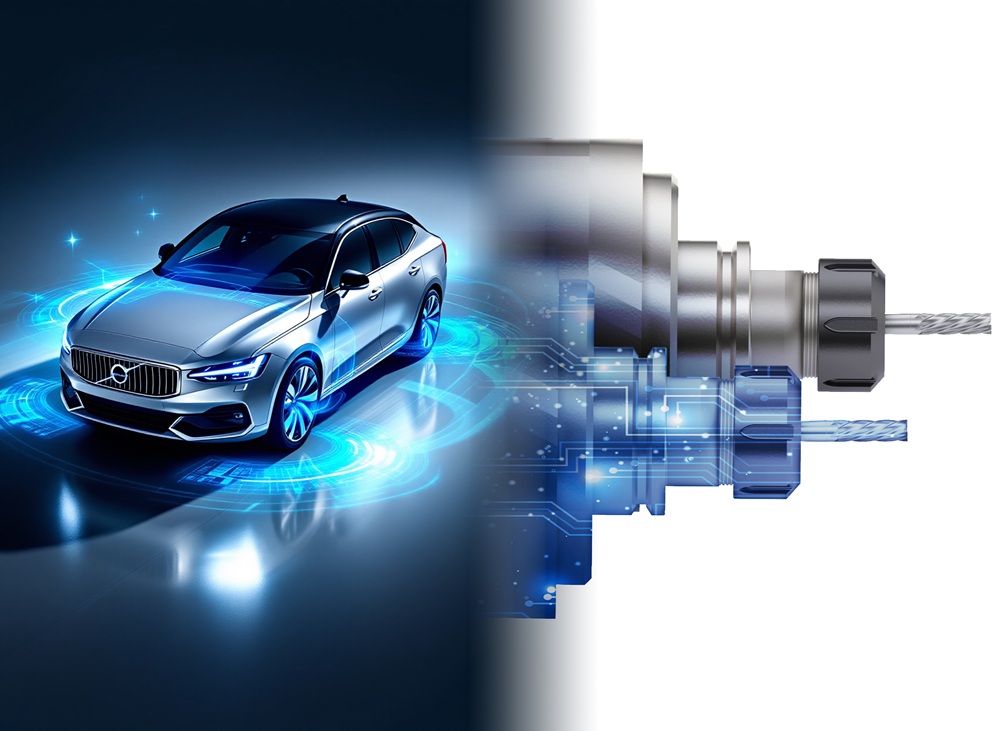Dr. Yavuz Murtezaoglu, founder and managing director of ModuleWorks GmbH shares his
insights on how things can improve greatly in CNC machining.
First of all, consider a statement from Volvo, a car maker known for putting great focus on
safety: “Volvo has set a bold vision that no Volvo car should be involved in a fatal or serious
injury crash by 2030.”
Now, imagine transferring this bold vision to CNC machining and consider eliminating all
CNC machine crashes by 2030. For an engineer, such a vision is both exciting and challenging
since there are so many things that require solving to get there. So, is this vision achievable
by 2030?
Our journey started 10 years ago with a European builder of high-end five-axis CNC
machines asking us to provide real-time simulation capable of identifying collisions and
stopping the machine to avoid machine crashes. With great support and collaboration from
the CNC control manufacturer, it was possible to get around 1 second of future data of the
machine position. This allowed the team to calculate all the moving parts of the machine
and the removed workpiece material and reliably decide in this time buffer if there was a
collision ahead or not.
ModuleWorks called this CAS: Collision Avoidance System. When the company entered this
undertaking, ModuleWorks knew at that time that its simulation engine was fast and
powerful enough to detect collisions in real time since one of the largest machine tool
vendors in the world developed its collision avoidance solution based on the technology.
However, only after ModuleWorks started to work directly on the machine that the full
scope of the challenge came to light.
A state-of-the-art CNC machine is like a playing an LP but not knowing what it is playing: a
turntable would strictly follow what is on the LP but will not know if it is playing jazz or rock
music, for example. If there is a defect on the LP, it might play the same track forever.
Fortunately a turntable will not crash due to the LP being wrong. But the turntable does not
know “the context” of what it is doing.
Similarly, a CNC machine gets an NC program and runs this program strictly without knowing
what the NC program is going to do. Basically, a CNC machine must trust the user that it is
being fed with a good NC program either written on the machine control manually or
generated by a CAM system. Most CNC machines have a tool table which numbers all the
tools and applies some basic tool data for the purpose of dealing with wear and adjusting
motion accordingly.
A simulation system running on an IPC with real-time and look-ahead access to CNC control
is able to create (from the NC program) all the positions and orientations of moving machine
parts. It can also update the in-process workpiece during machining, which is very important
to distinguish between real and false collisions in case the current removed material is not
properly used in the calculation.
After several man-years of effort by ModuleWorks, the machine tool vendor and control
maker, it was possible to resolve several hundred problems and achieve the desired result:
the avoidance of collisions both in manual mode and automatic mode safely without any
false collisions.
What are false collisions? Well, the quality of a collision avoidance system is based on two
important factors. Firstly, it should never miss a real collision, which means the machine
should never crash. But at the same time, it should never create a false collision alarm and
stop the machine, since during CNC machining an abrupt stop of machining would create
marks on the workpiece and reduce productivity. The operator might turn off the collision
checking system if false collisions happen.
There is a well-known engineering saying: “Once you resolve the biggest bottleneck, you
end up finding further bottlenecks, which were not so visible at the beginning.”
This is exactly what happened to ModuleWorks: the CAS was working reliably but it required
the tool and holder geometries – and the clamping shape – entered exactly to operate CAS
because, as explained previously, a CNC machine is like a turntable not knowing what it is
going to play next. As a result, even if the next job with its NC program is known to the
machine, it did not have any clue about what we called “Job Setup.” This is the sum of all
the geometries of tools, tool holders, fixtures and so on, which is always specific for each
job. The machine geometry never changes, but each job requires a different set up.
ModuleWorks provided a user interface for machine operators to enter the Job Setup data
interactively and allowed the import of Job Setup through a data format since most CAM
systems have such data already. This Job Setup data format has evolved to become the
MDES (Manufacturing Data Exchange Specification) format, which is today supported by
many CAM vendors, machine tool vendors and control makers.
ModuleWorks ended up creating a well-documented and free licence format to be shared
by the whole industry that would get the backing of all players in the manufacturing space.
With CAS systems installed on all CNC machines and MDES data coming from all CAM
systems, we have a realistic chance to eliminate machine crashes by 2030. Although
ModuleWorks is established, there might be other companies providing similar CAS
solutions using their own technology. If so, they can also freely use this format on a free and
open licence basis.
Integrating a full CAS system to a CNC machine and control might be a big step for some
providers and, as an intermediate step, some of them have an offline simulation (not real
time) on the CNC control that allows users to prove the NC program before machining. Even
this use case is supported by the MDES format since an offline simulation also needs the job
set-up definition, which is inside MDES.
More information www.moduleworks.com



















